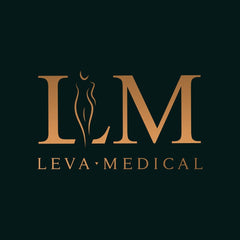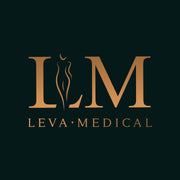Upper Blepharoplasty Recovery Photos Day by Day
Are you considering upper blepharoplasty to rejuvenate your appearance? Join us as we delve into the complete healing journey after eyelid surgery through a patient’s experience, complete with upper blepharoplasty recovery photos day by day.
Key Takeaways
Upper blepharoplasty is a surgical procedure that removes excess skin from the upper eyelids.
Swelling and bruising can be expected in the initial days of recovery, while gradual improvement and stitches removal will occur over seven days.
Weeks 4-6 mark semi-full recovery with sun protection and skincare recommended to maintain results. The scar will continue to lighten for up to a year. Avoid UV light to prevent scar darkening.
Understanding Upper Blepharoplasty
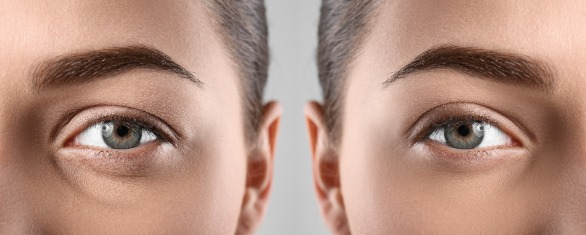
Upper blepharoplasty, also known as upper eyelid surgery, is a procedure that addresses hooded upper eyelids by removing excess skin and revealing a more youthful appearance. Patients often consider both upper and lower eyelid surgery to achieve a balanced and rejuvenated appearance. Patients often consider this surgery in their late 30s and seek the guidance of a cosmetic surgeon. Here at Leva Medical Dr Jean-Paul Leva preforms this procedure.
This surgical treatment offers numerous benefits, such as:
Revealing more of the eyelid
Creating a balanced look
Reducing the weight of the upper lids
Potentially helping to increase blood flow to the area
During the consultation appointment, Dr Leva will provide detailed information about the actual surgery, including the surgical procedure, and the recovery process.
What is Upper Blepharoplasty?
Upper blepharoplasty, also known as upper eyelid surgery, is a surgical procedure designed to correct the appearance of the upper eyelids. This procedure is typically performed to remove excess skin, fat, and muscle that can cause the eyelids to appear heavy, droopy, or puffy. By addressing these issues, upper blepharoplasty can help to restore a more youthful and refreshed appearance to the eyes. Additionally, this surgery can improve vision by removing excess skin that may be obstructing the line of sight. Whether you’re looking to enhance your appearance or address functional concerns, upper blepharoplasty offers a solution that can significantly impact your overall look and quality of life.
Preparing for Your Upper Eyelid Surgery

-
Pre-Surgical Consultation and Education:
Procedure Overview: During our consultation, I'll provide detailed insights into the surgery and the post-operative care requirements. Understanding these aspects is key to a smooth recovery.
-
Medication and Supplement Adjustments:
Medications to Avoid: Discontinue medications that increase bleeding risk, such as aspirin, ibuprofen, and other NSAIDs, prior to surgery. Inform me of all your current medications and supplements.
Supplements to Avoid: Refrain from taking Omega-3 and Vitamin E supplements as they can also increase bleeding risk. We will discuss your specific needs during your consultation.
-
Day-of-Surgery Preparations:
No Creams, Makeup, or Lotions: On the day of the surgery, avoid applying any creams, makeup, or lotions to your face. This helps to minimize the risk of infection and ensures a clean surgical area.
-
Pre-Surgery Planning:
Responsibility Management: Take care of any significant commitments well before your surgery.
Home Readiness: Stock your home with easy meals and essentials to avoid strenuous activities post-surgery.
Childcare Plans: If you have children, arrange childcare for at least the first week of recovery.
-
Post-Surgery Recovery Tips:
Sleeping Position: To reduce swelling and support healing, sleep with your head elevated and on your back.
Pre-Surgery Checklist
Before undergoing upper blepharoplasty, it’s essential to prepare yourself for the procedure and the recovery process. Here’s a pre-surgery checklist to help you get started:
Consultation: Schedule a consultation with a board-certified plastic surgeon to discuss your goals and expectations. This is a crucial step to ensure you are a good candidate for the surgery and to understand the potential outcomes.
Stop Smoking: If you smoke, stop at least six weeks before surgery to reduce the risk of complications and promote better healing.
Medication Adjustments: Avoid taking certain medications, such as blood thinners, for at least two weeks before surgery. These can increase the risk of bleeding during and after the procedure.
Post-Surgery Arrangements: Arrange for someone to drive you home after the procedure and stay with you for at least 24 hours to assist with immediate post-operative care.
Supplies: Stock up on ice packs, eye drops, and other supplies that you may need during the recovery process. Having these items on hand will make your recovery more comfortable.
Time Off: Plan to take at least a week off work or other activities to allow for proper healing. This time is crucial for rest and recovery, ensuring the best possible outcome from your surgery.
A Day-by-Day Guide to Upper Blepharoplasty Recovery
This segment offers an in-depth analysis of the recovery timeline, highlighting daily progress, symptoms, and milestones to guide you through your healing process following upper blepharoplasty surgery. Ensuring you get a good night's sleep is crucial for optimal recovery, as adequate rest significantly aids the healing process.
Days 1-3: Initial Swelling and Bruising
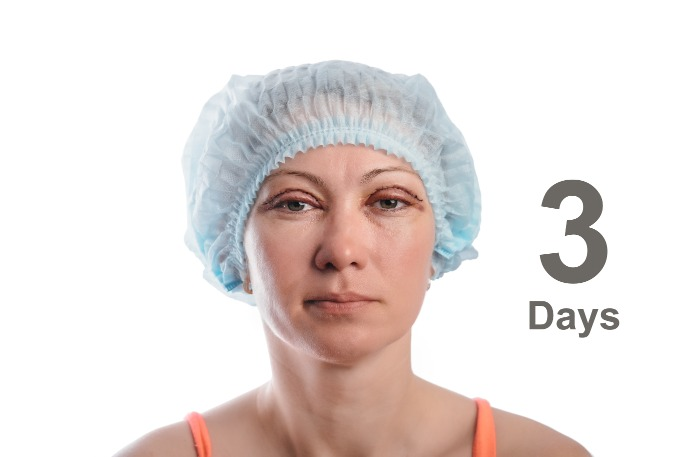
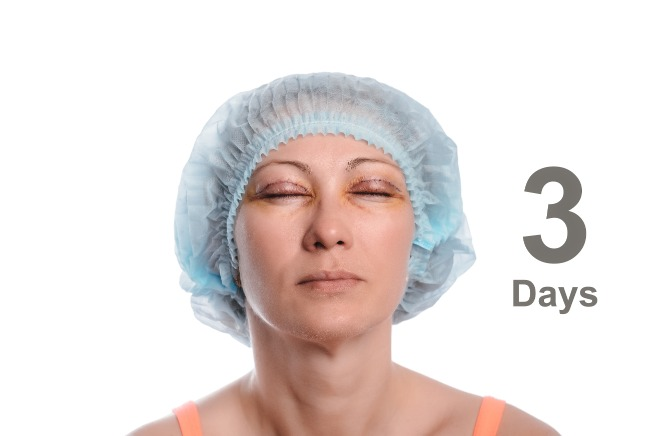
During the first few days after your eyelid surgery, you can expect swelling and bruising to occur. To minimize discomfort, apply ice in 15-minute intervals as needed. These should be cold but not frozen as to precent thermal damage to the skin. Remember, each person’s healing process is unique, and some might experience longer-lasting bruising than others.
Swelling and bruising typically occur in the early stages of upper blepharoplasty recovery. Adhering to your surgeon’s advice and giving priority to rest is key for successful healing.
Days 4-7: Gradual Improvement and Stitches Removal
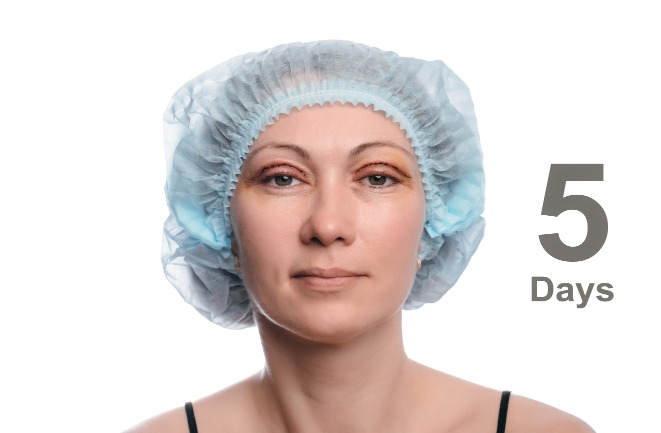
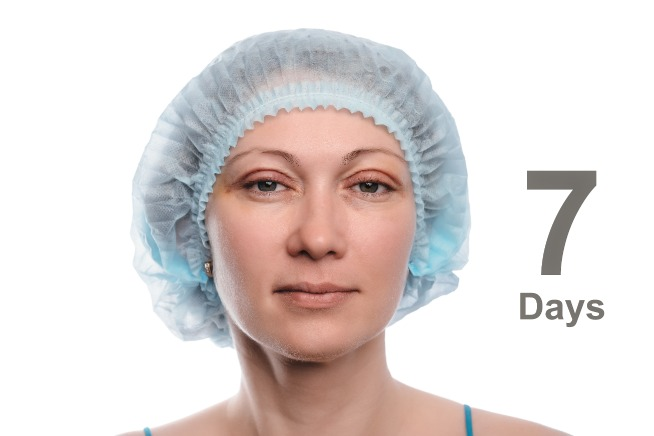
Between days 4 and 7, which is about a week, you’ll notice a gradual improvement in swelling and bruising as your body continues to heal. By the seventh day, it’s common for the stitches to be removed, marking a significant milestone in your recovery journey.
As your body heals, the positive outcomes of your upper blepharoplasty surgery will become evident. Bear in mind, patience is paramount, and it’s vital to adhere to your surgeon’s guidance and make rest a priority during this time.
Days 8-14: Continued Healing and Returning to Daily Activities
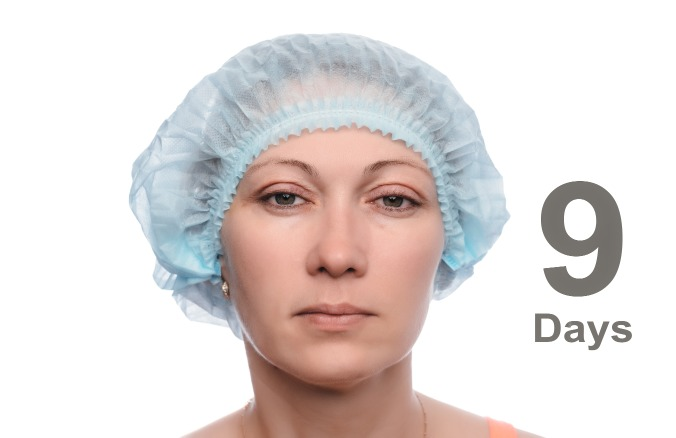
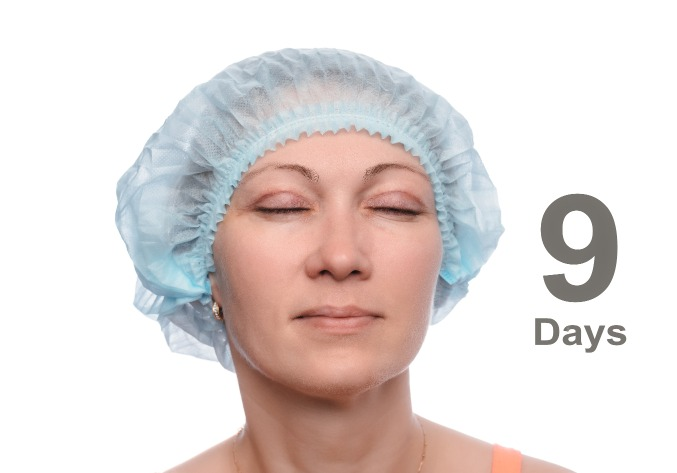
During the second week of recovery, you’ll experience continued healing, with bruising around the eyes subsiding within 1-2 weeks. By the end of this period, most patients can return to work and daily activities, although it’s crucial to avoid excessive physical activity and heavy lifting.
Maintaining a balanced diet, abstaining from alcohol and smoking, and keeping your head elevated while sleeping for at least 3-4 weeks will help to minimize eyelid swelling. A structured recovery strategy is crucial for achieving optimal results from your upper blepharoplasty surgery.
Weeks 3-4: Final Results and Full Recovery
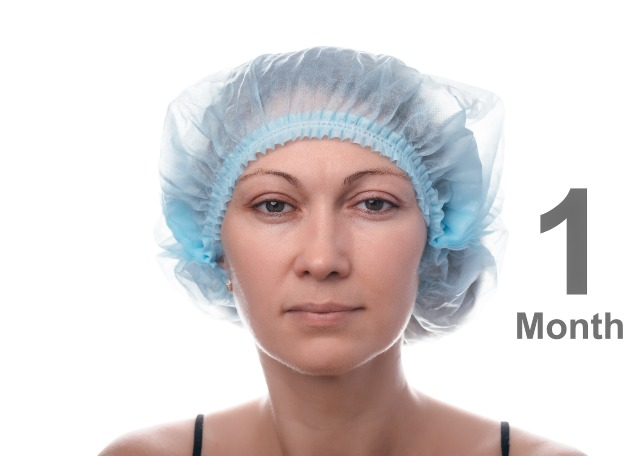
By weeks 3-4, most patients experience the majority of healing and can enjoy the semi-final results of their upper blepharoplasty. Swelling and bruising should have diminished significantly, and any drainage or separation at the suture lines should have disappeared.
To sustain the success of your surgery and the renewed look of your eyelids, heed your surgeon’s recommendations on sun protection and skincare. Strict compliance with these suggestions ensures the enduring benefits of your upper blepharoplasty.
Tips for a Smooth Recovery Process
Adhering to your surgeon’s guidelines during the post-surgery recovery period is key to a successful recuperation and minimizing potential complications. Emphasize rest and getting a good night’s sleep, as not getting enough sleep can hinder wound healing. A good night's sleep is crucial for optimal recovery, as it allows your body to heal more effectively.
Maintain a healthy diet, abstain from consuming:
alcohol
salty and processed foods
aspirin
ibuprofen
other non-steroidal anti-inflammatory medications
Wound Care:
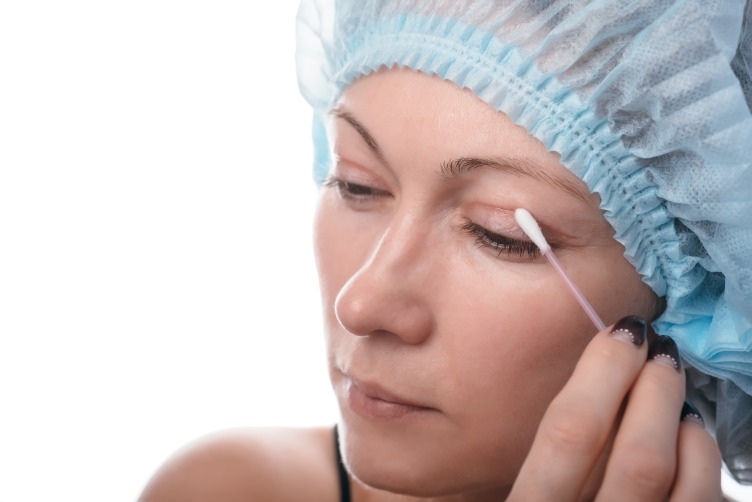
For the first two weeks, use antibiotic ointment as directed to prevent infection. This can be applied with a Q-Tip
After the first two weeks when all the scabs have fallen off, switch to using silicon scar gel. This can aid in the healing process and improve the appearance of scars.
Summary
Upper blepharoplasty can rejuvenate your appearance and boost your confidence. By understanding the procedure, adequately preparing for surgery, and diligently following your surgeon’s advice during the recovery process, you can enjoy a smooth healing journey and achieve the best possible results.
Frequently Asked Questions
How long does it take to look normal after upper eyelid surgery?
It typically takes about 7-10 days to look more like yourself and 6 weeks for the semi-final results to be apparent after upper eyelid surgery. It will take 1 full year for the full result.
Will you look different after upper eyelid surgery?
You should expect to have brighter, tighter, and more open eyes after upper eyelid surgery, making you look natural yet more youthful and vibrant.
How long do you have to sleep sitting up after eyelid surgery?
For the first week after eyelid surgery, it is important to sleep with your head elevated above your heart, which can be achieved by using an extra pillow. This will help with the swelling after surgery.
How long will my vision be blurry after blepharoplasty?
It may take up to three weeks for your vision to return to normal after blepharoplasty, although you may experience temporary blurry or double vision caused by swelling during the first few days.
How to clean eyelids after eyelid surgery?
Clean your eyelids after surgery by washing your hands thoroughly with warm water and antibacterial soap, then use saline solution and sterile gauze pads to gently remove any superficial debris.
Final Thoughts on Upper Blepharoplasty Recovery
Recovering from upper blepharoplasty surgery requires patience, rest, and careful attention to your body’s needs. By following your surgeon’s instructions and taking the necessary precautions, you can ensure a smooth and successful recovery. Remember to:
Rest: Get plenty of rest and avoid strenuous activities for at least a week. This will help your body focus on healing.
Head Elevation: Keep your head elevated to reduce swelling and promote healing. Using extra pillows while sleeping can help maintain this position.
Cold Compresses: Apply ice packs to the affected area to reduce bruising and swelling. This can significantly improve your comfort during the initial recovery phase.
Avoid Intensive Exercise: Steer clear of intensive exercise or activities that can increase blood flow to the eyes. This includes heavy lifting and vigorous workouts.
Healthy Diet: Follow a healthy diet and stay hydrated to support the healing process. Proper nutrition is vital for tissue repair and overall recovery.
Follow-Up Appointments: Attend follow-up appointments with your surgeon to monitor your progress and remove any sutures or stitches. These visits are essential for ensuring that your recovery is on track.
By following these tips and being patient with your body, you can enjoy a successful and satisfying recovery from upper blepharoplasty surgery.
